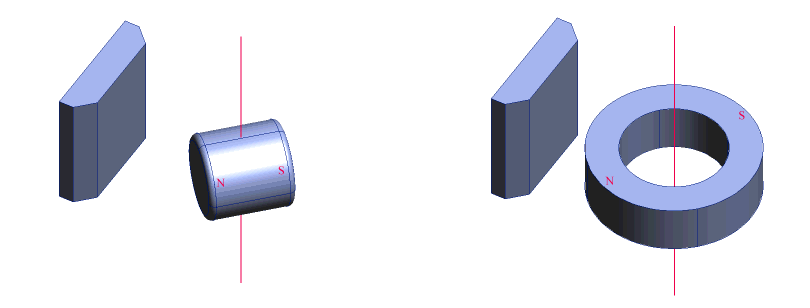I would like to mount a bracket onto the head tube of a bike frame to measure the degree of rotation the bike's handlebars have been turned. Ideally, this would be a contactless solution to increase the chance of the bracket fitting correctly.
Two of the options I have researched are:
- A Hall Effect sensor on the fixed head tube and a magnet on the rotating bike fork
- Optical sensor on the fixed head tube and encoded object on the rotating bike fork
Before I delve too deep into creating a Hall Effect prototype, does anyone have a better suggestion than the above options or any tips on how to best design this sensor?
Thanks in advance!
EDIT:
@TelaClavo @RocketMagnet Thankyou both of you guys for the detailed answers. I think due to the requirement of mounting the sensor(s)/magnet on the perimeter of the head tube I am more favoured towards TelaClavo's solution. The sensor would be located in a bracket fitting on the front of the head tube, just above the moving ring between the head tube and fork. The magnets attached around the ring.
The assumption I am making now, is that in order to accommodate head tubes of different diameters, a universal bracket can be manufactured to house the PCB components and sensors to fit flush to the head tube in both the sensor and magnets.


